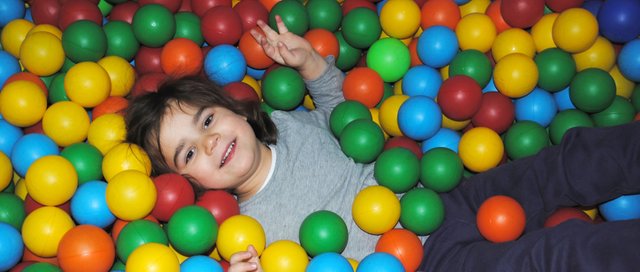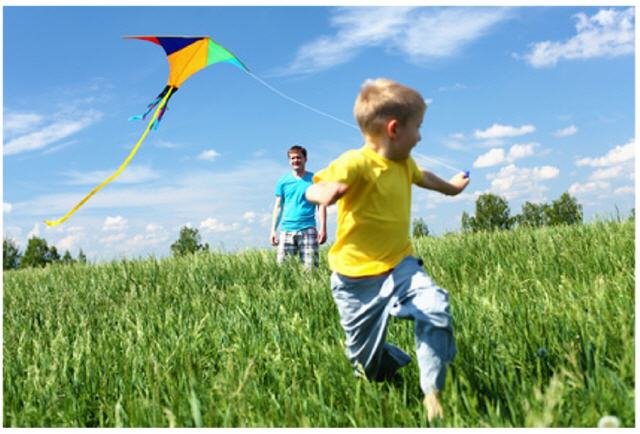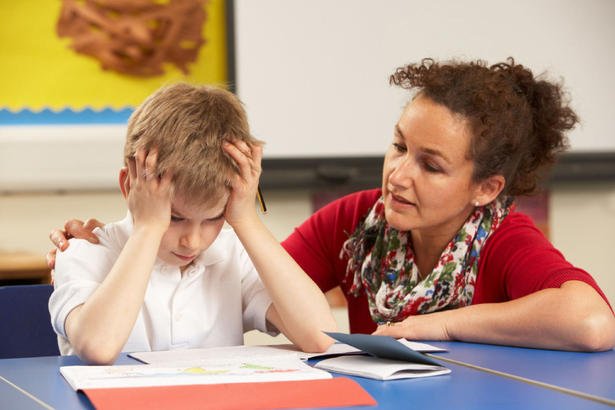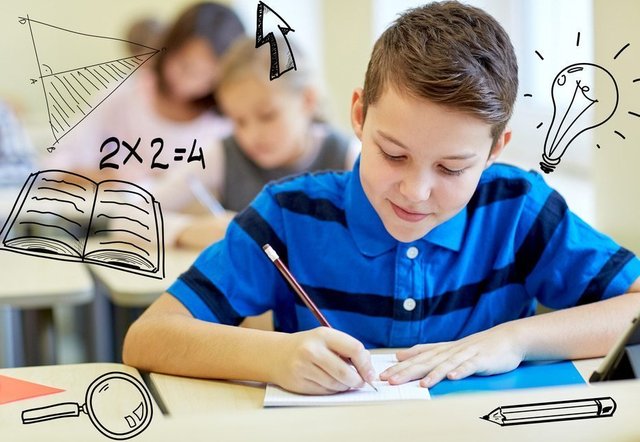What is the difference between SPA (Accelerated Thinking Syndrome) and Hyperactivity in the school environment?
Know the differences between SPA (Accelerated Thinking Syndrome) and Hyperactivity and know how to deal with each of them in the school environment.

source
It is very likely that you have already come into contact with students with disinterested symptoms to study, when, in fact, it is difficult to pay attention, characteristic of both the Accelerated Thought Syndrome (SPA) and Hyperactivity.
But you know how to distinguish between these two conditions?
In this article, I will explain the main differences between SPA (Accelerated Thinking Syndrome) and hyperactivity in the learning process and in the educational context, as well as management solutions.

source
Hyperactivity and school environment
Knowing in the educational context, hyperactivity consists of a biological and psychological disorder in children and adolescents.

source
This picture is characterized by continuous restlessness, frequent motor agitation, the high degree of impulsivity, as well as constant difficulty in maintaining focus and attention.
Hyperactivity is one of the main causes associated with learning difficulties and can cause damage in the process of knowledge acquisition and academic performance.

source
This happens because the hyperactive child tends to be less able to memorize sequences of content, organize themselves and the activities they do, perceive details and correct mistakes made.
The SPA (Accelerated Thought Syndrome) and the school environment.
The Accelerated Thought Syndrome is the result of hyper constructive thinking, in order to accentuate and wear down the brain, which receives many stimuli and suffers from the diminution of the child's ability to develop intelligence functions.

source
Among the characteristics of the SPA (Accelerated Thought Syndrome) are irritability, intolerance to discomfort, restlessness, excessive anxiety, fatigue, symptoms of gastritis, hair loss and headaches.
Although it is not as common in childhood and adolescence as hyperactivity, the SPA is reaching more and more children and young people, given the bombardment of information and activities typical of today's society.

source
Thus, it can compromise the learning process, influencing physical and mental disposition, as well as hindering concentration and focus, as well as the construction and retention of knowledge.
Solutions to combat hyperactivity in the educational context
There are strategies that help the child and the hyperactive youth to be more successful in the learning process and in school performance.

source
One of the main means is the didactic adaptation of the teacher in the classroom, prioritizing the improvement of the student's concentration, from the context of the discipline to the student's daily life and the development of interactive activities using audiovisual stimuli.
It is also very important that changes are made in the evaluation methods of students with hyperactivity.

source
It is recommended the development of objective and short tests, the allocation of extra time for the performance of evaluation activities, the application of class work, conducting field research and the development of discussions that also contain for the grade.
Solutions to address the educational context of the SPA (Accelerated Thought Syndrome)
In the SPA (Accelerated Thought Syndrome) it is essential that the techniques that contribute to mental deceleration be worked on.

source
One of them refers to the development of self-control capacity. This capacity can be stimulated through cooperative activities, such as group seminars, team exercises and joint production of texts in which, in trios or quartets, students need to collaborate with each other to achieve results.
Another fundamental action is the psychopedagogical accompaniment, mainly to deal with childhood anxiety.
In it, important actions are carried out that aim at the child's incentive so that she develops her activities in a planned and organized way, rhythmically and seeking not to be distracted by the various stimuli of the environment.
:max_bytes(150000):strip_icc()/Getty_doctor_parents_child_talking_smiling_skynesher-579cc9e63df78c32762e498d.jpg)
source
In addition, activities that promote self-awareness and seek the development of socio-emotional skills in the classroom, such as discussions, discussions and group dynamics, help students learn to filter stressful stimuli and deal better with unhealthy thoughts.
Source of information
- https://www.verywellmind.com/add-and-treatment-how-to-find-a-doctor-for-add-20892
- http://www.drnanduri.com/attention-deficit-hyperactivity-disorder-adhd/
- https://www.blogdefarmacia.com/la-hiperactividad-en-ninos/
- https://www.webconsultas.com/mente-y-emociones/test-de-psicologia/test-es-hiperactivo-mi-hijo-11346.

Posted from my blog with SteemPress : http://ismaelugas.vornix.blog/2018/09/16/what-is-the-difference-between-spa-accelerated-thinking-syndrome-and-hyperactivity-in-the-school-environment/